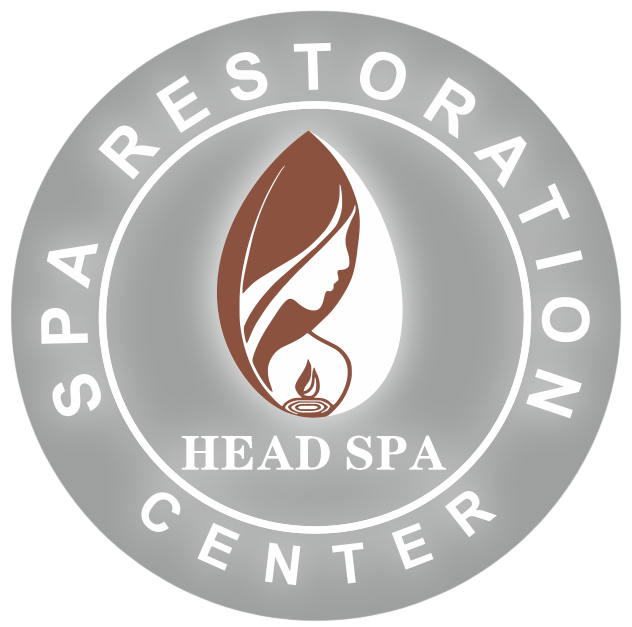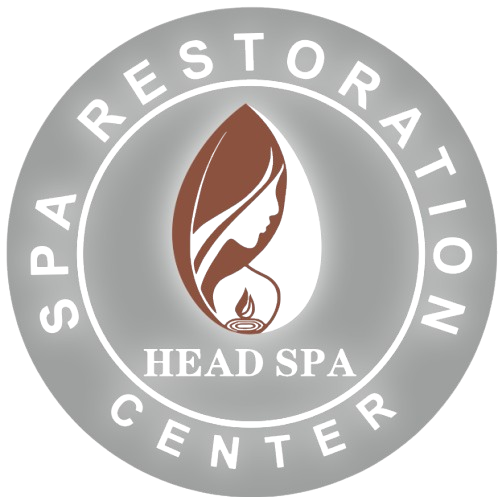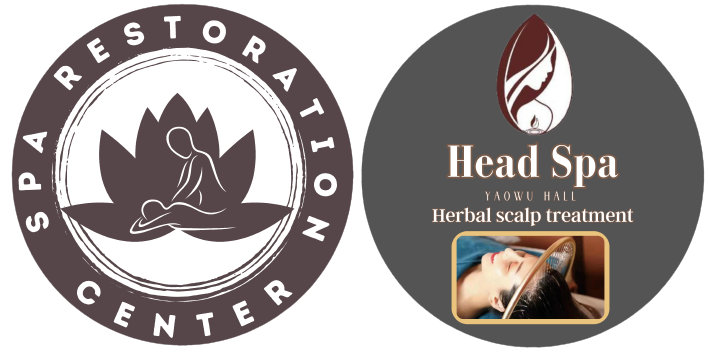
8 Benefits of Restorative Massage Therapy
Restorative massage therapy is a holistic approach to massage that focuses on restoring balance and harmony to the body, mind, and spirit.
Unlike traditional massage techniques targeting muscle tension, restorative massage incorporates gentle, soothing strokes and stretches to promote deep relaxation and release emotional and physical stress.
This therapeutic modality is based on the belief that our bodies have an innate ability to heal themselves when provided with the right conditions.
Restorative massage therapists use a variety of techniques, such as effleurage (long, gliding strokes), petrissage (kneading and compression), and tapotement (rhythmic tapping), to encourage the body’s natural healing processes.
The 8 Benefits of Restorative Massage Therapy
Stress Relief and Relaxation
One of the primary benefits of restoration massage therapy is its ability to promote deep relaxation and reduce stress levels. The gentle, rhythmic strokes and soothing environment of a massage session can help calm the mind and body, lowering cortisol (the stress hormone) levels and promoting the release of endorphins (natural painkillers and mood elevators).
Improved Sleep Quality
Chronic stress and muscle tension can contribute to insomnia and other sleep disorders. Restorative massage therapy can help alleviate these issues by promoting relaxation and reducing physical discomfort. Additionally, the release of serotonin and melatonin during massage can further improve sleep quality and duration.
Pain Management
This massage therapy can be an effective complementary treatment for various types of chronic pain, including back pain, neck pain, and arthritis. By increasing blood flow and releasing muscle tension, massage can help reduce inflammation and improve range of motion, leading to a decrease in pain levels.
Enhanced Mood and Emotional Well-being
The mind-body connection is a fundamental principle of restorative massage therapy. By promoting relaxation and reducing stress, massage can have a positive impact on emotional well-being. The release of endorphins and other neurotransmitters during a massage session can help alleviate symptoms of depression, anxiety, and other mood disorders.
Improved Circulation and Lymphatic Function
Restorative massage techniques, such as effleurage and petrissage, can help improve circulation by promoting the movement of blood and lymph fluids throughout the body. This can lead to better oxygen and nutrient delivery to cells, as well as more efficient removal of metabolic waste products.
Boosted Immune System
Research has shown that regular massage therapy can help strengthen the immune system by increasing the activity of natural killer cells, which are responsible for fighting off viruses and other pathogens. Additionally, the reduction in stress levels associated with massage can further support immune function.
Enhanced Flexibility and Range of Motion
Relaxing restoration massage therapy incorporates stretching and joint mobilization techniques that can help improve flexibility and range of motion. This can be especially beneficial for individuals with chronic conditions such as arthritis or those who engage in physically demanding activities or sports.
Promotion of Self-Awareness and Mindfulness
The restorative massage experience encourages clients to tune into their bodies and breathe, promoting a state of mindfulness and self-awareness. This can lead to a deeper understanding of one’s physical and emotional needs, as well as the development of coping strategies for stress and anxiety.

How to Prepare for a Restoration Massage Therapy Session
To get the most out of your relaxing restoration massage therapy experience, it’s important to prepare properly. Here are some tips to keep in mind:
Communicate with your therapist: Before your session, discuss any specific areas of concern, health conditions, or preferences with your therapist. This will help them tailor the message to your individual needs.
Hydrate: Drink plenty of water before and after your massage to help flush out toxins and support the body’s natural healing processes.
Dress comfortably: Wear loose, comfortable clothing that can be easily removed or adjusted during the massage.
Arrive early: Plan to arrive at your appointment a few minutes early to allow time to relax and mentally prepare for your session.
How to Find a Qualified Restorative Massage Therapist
To ensure a safe and effective therapeutic massage therapy experience, it’s important to seek out a qualified and licensed practitioner. Look for therapists who have received specialized training in restorative massage techniques and have experience working with clients with various health conditions and needs.
Conclusion
Restorative massage therapy is a powerful tool for promoting overall well-being and self-care. By addressing both physical and emotional stress, this therapeutic modality can help alleviate pain, improve sleep quality, boost mood, and support the body’s natural healing processes. Whether you’re seeking relief from chronic pain, stress management, or simply a way to relax and recharge, restoration massage therapy can be an invaluable addition to your self-care routine.



Leave a comment